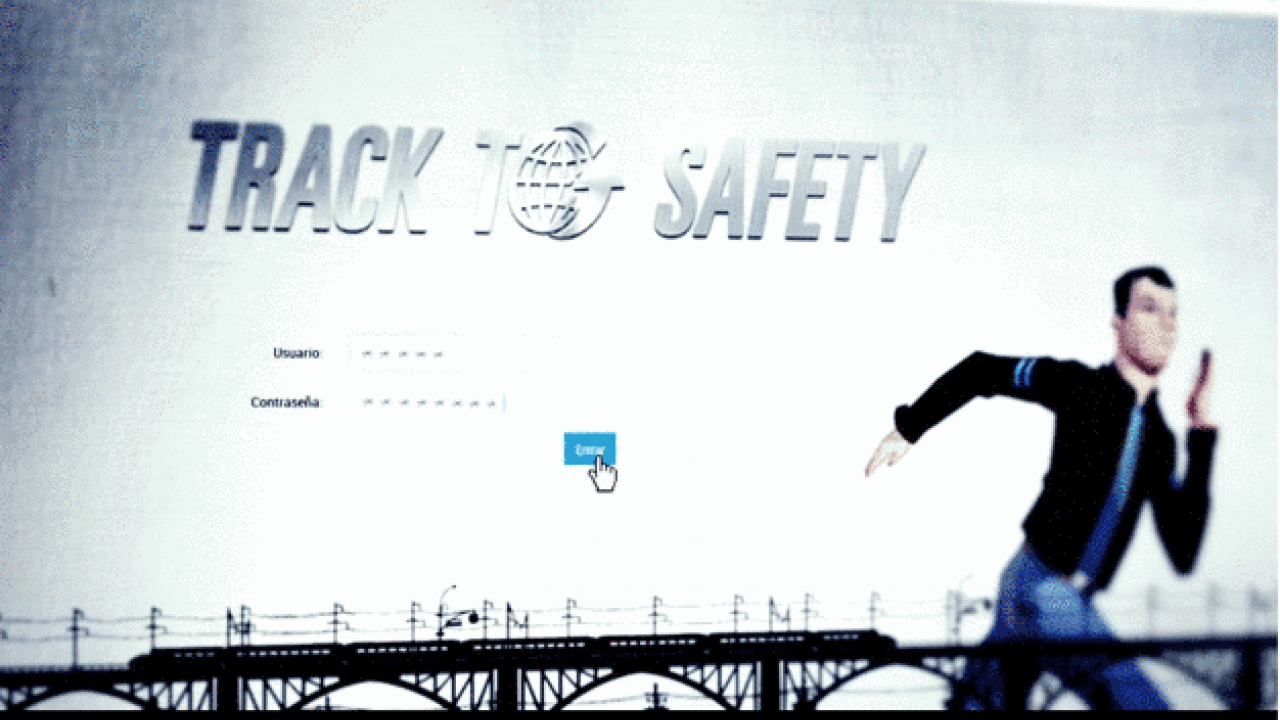Friday, April 10, 2015
Track to Safety (II) – The importance of unregulated learning
Today it is an established fact that 80% of what a worker learns at the company is done through unregulated learning. However, for years companies have been investing in that other 20% (theory lessons, practical lessons, e-learning...). What happens outside of these hours of scheduled training?
We continue to learn during our everyday lives, we learn at work, at home, during our free time. And what resources do we use? Watching a film, reading an article, playing, sharing experiences with colleagues, etc. We often do it unconsciously, when we feel like it, when something grabs our attention and motivates us, in such a way that we effortlessly internalise it. Learning that takes place like this is stored in the brain at a much greater speed and with more intensity. Neuroscience now explains this, as mentioned in last month's article Neuroscience proves the importance of emotions in learning.
It is also known that this type of learning has the biggest influence on the performance of workers. We are often perfectly aware of the theory, but when we reach our workplace we don't apply it correctly. What could have happened along the way? The cause is difficult to identify, because it depends on many human factors and on the specific situation. But among these factors there are some that still have to do with the learning process itself and also with the worker's own attitude towards the rules taught. Not remembering the theory or the procedures properly due to a lack of time, acquiring one's own habits working day to day, losing the perception of risk, having little commitment to rules, to the company, etc.
Formal or scheduled training plays a very important role in companies, establishing solid foundations of knowledge in the worker. However, given the importance of that other type of learning, more focused on the person's everyday motivations, not as tangible, it seems important to look for a way to channel it in a way that benefits the company. Today, technological advances along with better motivation techniques can help us to channel this type of training to benefit the company.
Along these lines, LANDER has developed a proposal aimed at railway operator companies, to help complement their engine drivers' training. The tool is called Track to Safety, and is based on an exhaustive analysis of the engine driver's profile around the world in order to offer a proposal that makes trainees participants of their own training. A proposal based on motivation techniques that will allow engine drivers to continue learning and develop a commitment to railway safety beyond the current training they receive.



